How to Connect with your Anxious Child and help them cope better.
Our children are more anxious than ever before. We live in a fast-paced, busy-ness-honoring, interpersonally-disconnected world and they feel it! When you connect with your anxious child you can create a sense of safety that is foundational to helping your child cope better with their anxiety. Here are 5 super simple ways you can connect with your anxious child even when you’re a busy mom and you feel out-of-your-depth to help them.

Why is my child so anxious?
Pandemic aside, anxiety seems to be an increasing problem amongst children. It’s easy to blame ourselves as parents and feel like their anxiety is a reflection of our parenting.
And sometimes that may be true.
But a lot of the time there are many other things causing our children to feel unsafe and unsure on both an external and internal level. In this video, Claire de Jager, from Happy Family Tools, explains some of the reasons why so many children are experiencing anxiety.
Watch the complete FREE Masterclass on How to help your child cope with Anxiety, here.
Why connecting with your anxious child is so important.
One of the key themes we discussed in this Masterclass, was about how to connect with your anxious child and why this can be so crucial in helping them cope with their anxiety.
These are 5 reasons why connecting with your anxious child is so important.
It forces us to slow down.
Life so incredibly rushed. We’re constantly hurrying around trying to do a thousand things at once and dragging our children into the same lifestyle.
This is probably not your fault!
We live in a society that values busy-ness and having a bunch of things on the go all the time. As moms, it’s even worse. Our load is so much more than what you see on the surface because we’re also carrying the emotional and mental load of managing it all.
Deciding to connect with your anxious child is a decision to slow down. To stop running and rushing and look at each other in the eyes, to listen with both ears and all of your attention. You can’t do that when you’re stirring the pot of supper, listening to a podcast and thinking about that load of laundry that should be finished by now.
In this FREE Masterclass, our guest expert, Claire de Jager from Happy Family Tools, shares SO much insight and practical advice for understanding and supporting your child who is struggling with anxiety.
It makes us take time out for each other.
In a world of digital connectivity, we often find ourselves less connected than ever! And connecting with your anxious child is no different!
If you asked me what was most important to me, my family, and especially my children, would be on the top of that list! But you know – because you’re in the same boat – our actions don’t always reflect that.
When we decide to connect with our children, we are communicating to them that they are a priority. And if we want them to grow up able to connect with people, especially the people they love, we need to model that for them by taking time out for each other. Time that is completely, wholeheartedly devoted to being together. That means no phone, no TV, no “let me just quickly…”. (Whew! Hear myself saying that all.the.time! #guiltyascharged)
It allows children to feel noticed and needed.
I found it so interesting in this Masterclass where Claire said that children often know they are loved, but they don’t feel needed. Like their contribution to the family is so small and insignificant.
When we connect with our children, we communicate that they have value in our lives and in our family. That their contribution is needed. And that they have been put in our family for a purpose.
Connecting with your anxious child means they can know that even though they have those big, out-of-control feelings, they are seen and valued.
It makes our children feel safe.
Perceived safety is a big deal to an anxious child. I say “perceived” because even if a child is in a safe situation, if they don’t FEEL safe, or perceive that they ARE safe, their anxiety levels will spike.
Connecting with your anxious child helps them feel safe. They know they can depend on you. They know you’re there for them. And especially when things go a little crazy emotion-wise, you can contain them and protect them as they cope through those feelings.
It helps us to co-regulate so our child can process their emotions.
And speaking of emotions, our emotions are so closely linked to our children’s emotions. They depend on our ability to regulate our emotions to feel that they are safe.
So when we take time to connect with our anxious child, we can co-regulate. We can feel with them and help them carry their big feelings and teach them how to cope with them so they don’t feel overwhelmed and out of control. (If you’re interested in how to be a calm parent, I would highly recommend this summit.)
And when our child is emotionally regulated, they are more capable of processing those feelings and relying on strategies to help them cope better.
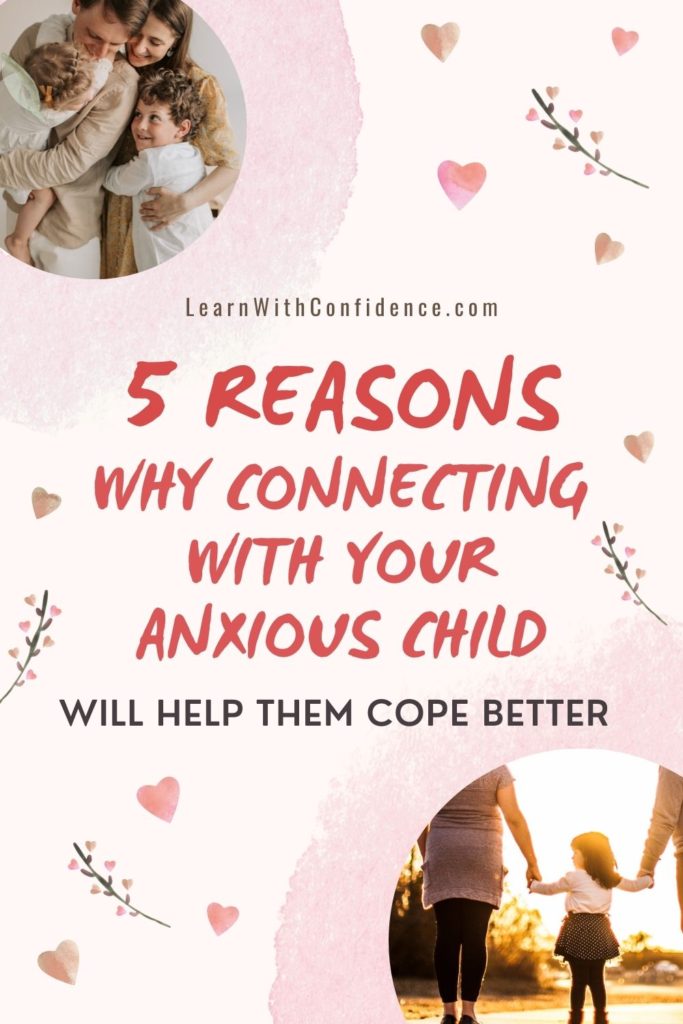
5 Practical ideas for connecting with your anxious child.
So how does one actually connect with your anxious child? Is it just about being in the same room or is it about sitting together holding eye-contact while we engage in an intense discussion?
Spending quality time with your children where you can just chat or do something active that your child will enjoy is tough when you’re a busy mom. And especially if there’s more than one child to connect with.
Here are some ideas for making time for connection that can fit into your busy schedule too.
1) Using your commute time.
If you get to drive your kids to or from school, it’s the perfect time to connect. If you don’t do the school drop-offs and pick-ups, then make a deliberate trip to the shop or park or something so you get some car-time together.
Use the time to listen to what they have to say about their day and their experiences. You may need to ask leading, open-ended questions, to get the conversation going. Here are some examples of questions you might want to ask other than “How was your day?”
- What did you learn that was new?
- How are your friends (try be specific in terms of names)?
- What did you guys do during recess today?
- What happened today that was interesting?
If your child loves music and singing, crank up the beats and sing / car-dance something together!
Play a game. My littles love to play I-spy as we drive.
Car-talk is a very non-threatening situation because eye-contact can be avoided. So it’s a great time to really listen for the deeper stuff your child might share. You have a small pocket of golden time every time you’re in the car together – use it!
2) Quality time with each child
The more kids you have, the more difficult it is to actually find the time to connect with each one and meet their needs in the way they need you to!
Believe me – this one I KNOW! With a 4 year old, a 2.5 year old and a 6 month old, I’m finding this really tough! I always feel like someone’s missing out!
Each of your kiddos is so different. They have different temperaments, love languages, interests and different abilities. In order to connect with them in a way that is significant to them, you must find a way to spend some quality time alone with each of them.
And here’s the thing – you just have to do the best you can! Maybe it’s 15 minutes with each child every day. Or a morning out with each child once a month. Maybe you have to tag-team with your hubby – he spends time with one child while you spend time with the other; then next week you swop. Maybe you take one child to the shops or to run errands with you, and leave the others at home with Dad, and rotate through the lot.
It may take some creativity but you’ll notice the difference when each child feels valued, safe and connected because they’ve had some special time with mom / dad.
3) Having them help you around the house.
This is not referring to chores they can do independently. It is enlisting their help to do something WITH you!
This is one area where you can connect with your child AS WELL AS communicate that they are needed and bring value to your home and family.
Here’s an example:
One afternoon, G and C were both having their naps, but L was not putting her head down at all. I was meal-prepping for the next few weeks. She’s only 4 but she can grate a carrot so I had her sitting there at the table next to me grating veg while I did other tasks. Did it take longer than if I did it? Yes. But it was quality time and it made her feel really “big” to be able to help Mom with the cooking!
Some other ideas: Fold laundry together. Let them tear the lettuce for the salad, while you cut up the other ingredients. Ask for their help with DIY jobs around the house, like when you’re painting a wall. Maybe you need some help with something social media or technology related – your older child would LOVE to show you the ropes.
Just remember it’s a way to connect. And that’s your focus! If you have to drag them into it, kicking and screaming, well – ain’t no connecting happening there!

4) Destressing together as a family
This is a fun example from the Masterclass. This activity is perfect for connecting with your anxious child, especially if everyone in the family is feeling a little wound up!
Grab some balloons and blow them up. And then… let them go!
The symbolism is powerful. Blow all your worried, angry, scared, frustrated feelings into that balloon and then, let them go!
And as Claire says when she explains this activity: “When balloons are whizzing around your head, you’re laughing and you cannot be hugely anxious and laughing at the same time.” That old saying – Laughter is the best medicine – yeah! It’s true – It doesn’t fix everything but it makes you feel a whole lot better!
5) Before bed time
This is an important regulation activity and can be used while you’re connecting with your anxious child at bed time.
Bed time is often the first time in the day when children have finally slowed down enough to start processing their day. And often, especially for an anxious child, that is the WORST time to start processing your day and all the feelings you experienced in it. Because that’s when all those anxious thoughts and feelings rise to the surface.
So, knowing this is the case, schedule some connection time before lights out. Let them play with their toys (like Lego’s or puzzles), read a book, have a chat, draw or color pictures together while you chat.
And then, try this activity too, just before you switch the light off. Count down from 10 and at every number list that many items. You can adjust it according to their age and interests. I do this sometimes with my kiddies. We count down from 6 or 7 for our 4 year old and count down from 5 for our 2.5 year old.
- 10 letters of the alphabet
- 9 children in your class
- 8 toys in your room
- 7 animals
- 6 colors
- etc
- 1 – Take 1 deep breath, all the way to your tummy and then slowly blow it out.
(If you want to hear how your child can use this activity in the classroom setting, click here to get access to the free Masterclass.)
These activities calm a child down and get their minds off the spiraling thoughts anxious children often experience. It really sets them up for better a better bed-time routine and a more restful sleep.
Want to understand and help your anxious child more?
If you’ve never experienced anxiety, it’s very difficult to connect with your anxious child about how and why they feel the way they do.
But here’s the thing about being a parent – no matter what they are like, and no matter what they’re facing, you love them more than they could ever know. After all, that’s why you’re here today!
So, tap into that and let it drive you. Let it drive you to learn more, empathize more and connect more with your anxious child. Because that will make all the difference!
Get access to this FREE Masterclass about How to help your child cope with anxiety, here.
Save and Share this Post
Pin this image to your favorite Parenting board on Pinterest and share it with your momma friends so they can connect with these resources too!
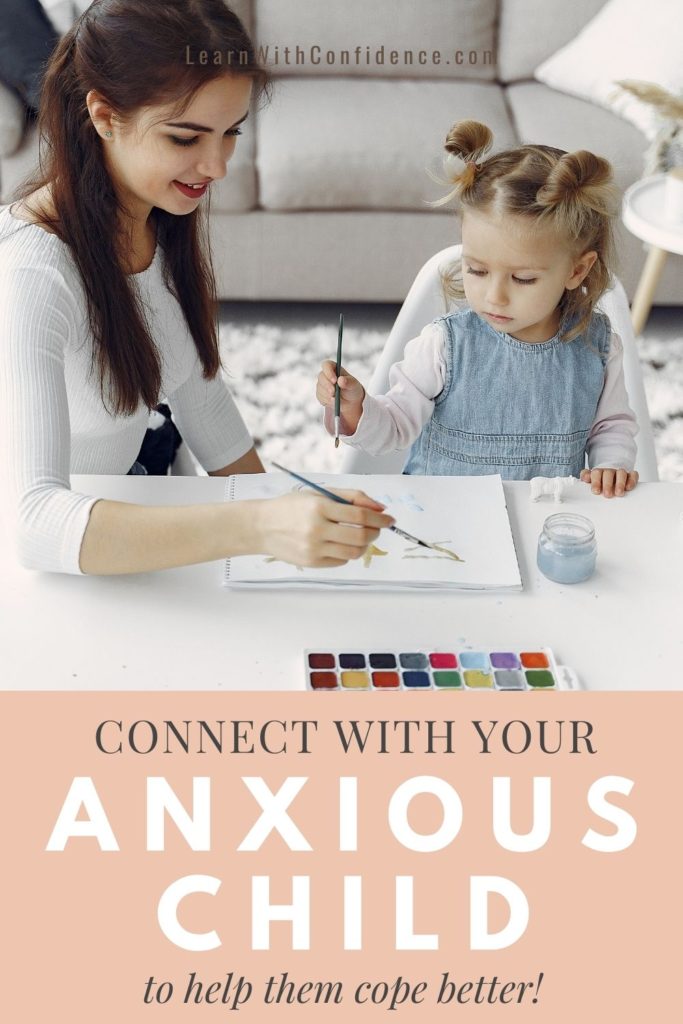
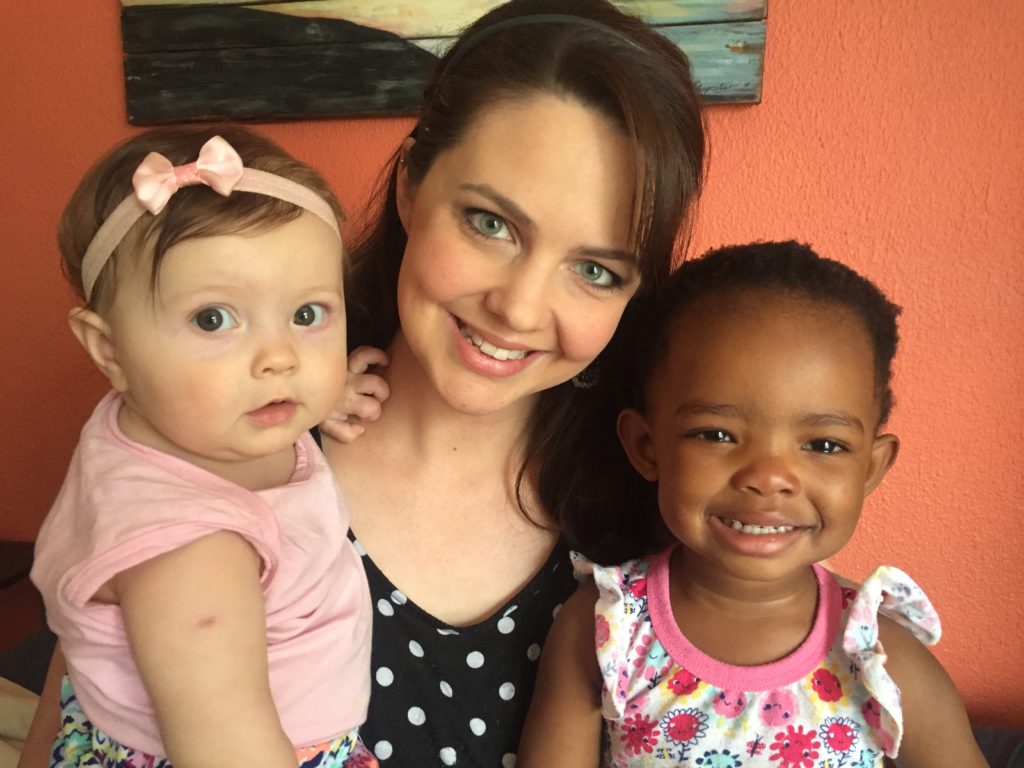
I would love to connect with you and include you in this community of Mommies as we support each other and grow together to become the best moms we can be!
Please subscribe to my emailing list here and I’ll make sure I keep you in the loop on all the latest blog posts, freebies and resources!
Other articles you may be interested in:




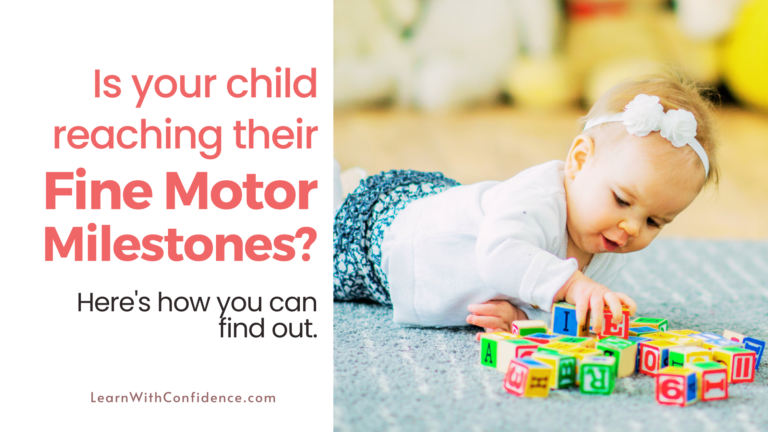
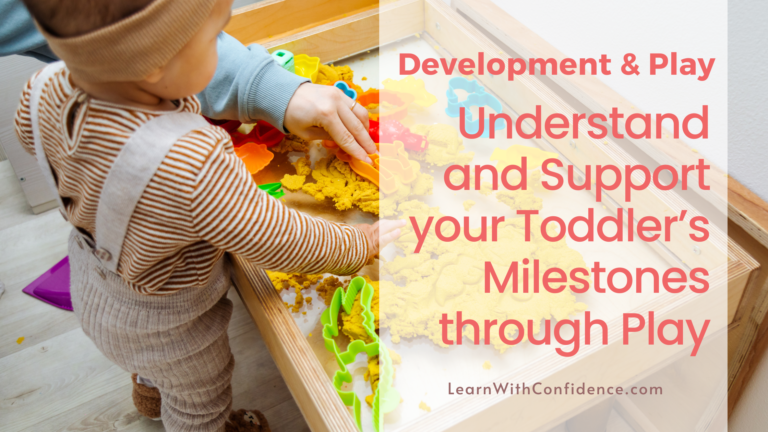
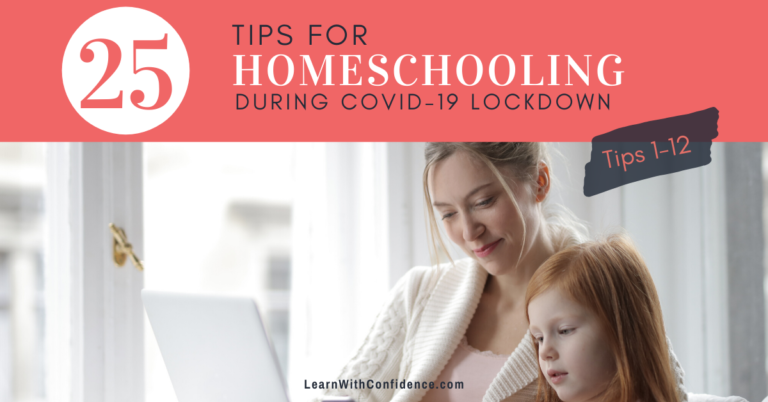
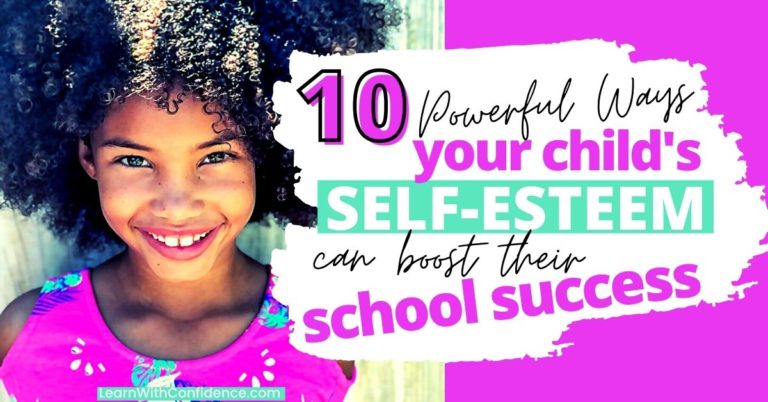
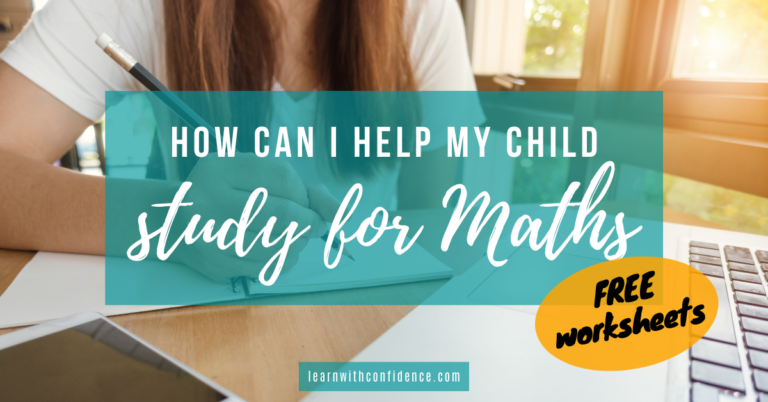
We count down from 3 a LOT in our house. Sometimes in minutes, sometimes in seconds, but it definitely helps with transitioning from one activity to another (i.e. playtime to dinnertime).